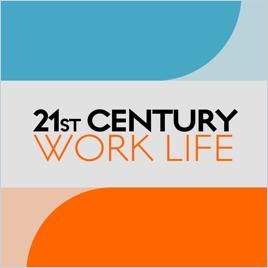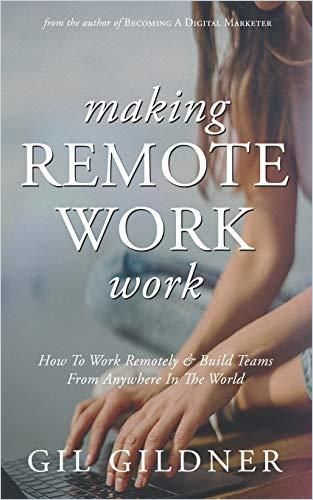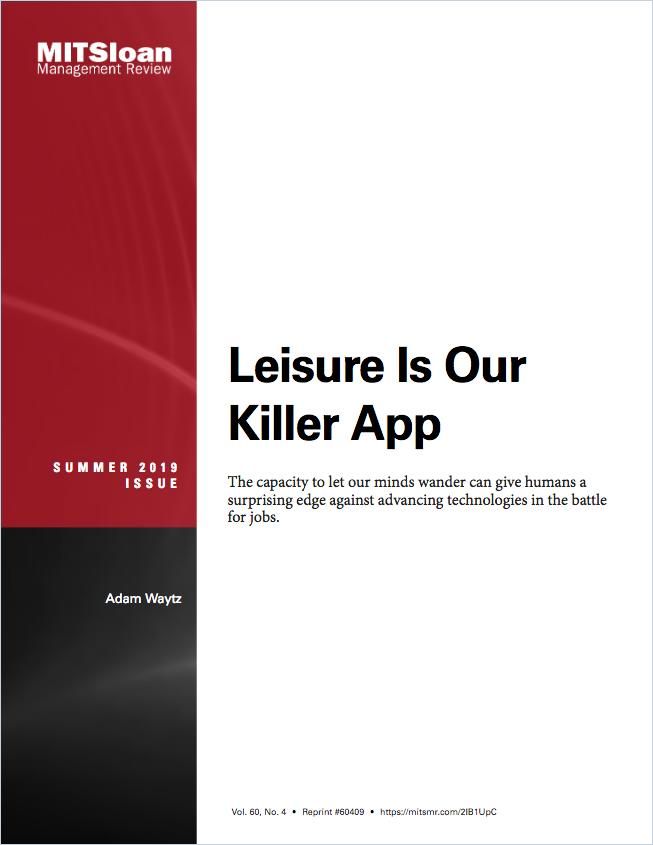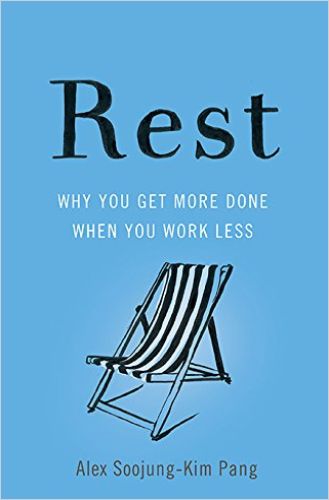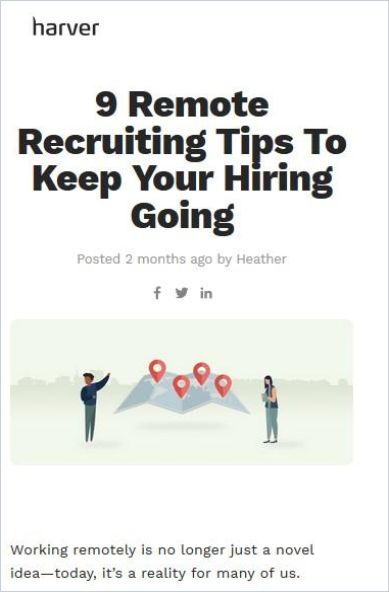The COVID Recession Is Female

During the 2009 recession, it was traditional men’s jobs in manufacturing and construction that were hit the hardest. Since then, women comprise half the US labor force, in fact, slightly more than half in December of 2019. As a result, the US economy is 13% larger – $2 trillion richer – than it would have been without women, or at least, it used to be. It was just a few short years ago that savvy business leaders sang the praises of their rosy growth strategies that centered on adding women to their teams for the economic benefits they would bring. All that progress has vanished. 865,000 women left the US workforce in September, compared to 216,000 men. Governments are joining hospitality and retail businesses in dropping employees, as tax revenues plummet. All these sectors generally employ more women.

Women in Economic Emergency
Women more often work part-time hours, take on more gig work, and generally earn less than men in a normal economy. Their greater participation in an informal economy cuts their eligibility for unemployment and other safety net benefits. Add in a global pandemic and it’s an economic tsunami for working women and the families who rely on them. Because women are more likely to be caregivers at home and also comprise 70% of global health care workers, they are more often on the physical front lines of the coronavirus emergency, though men seem to be more vulnerable to infection.
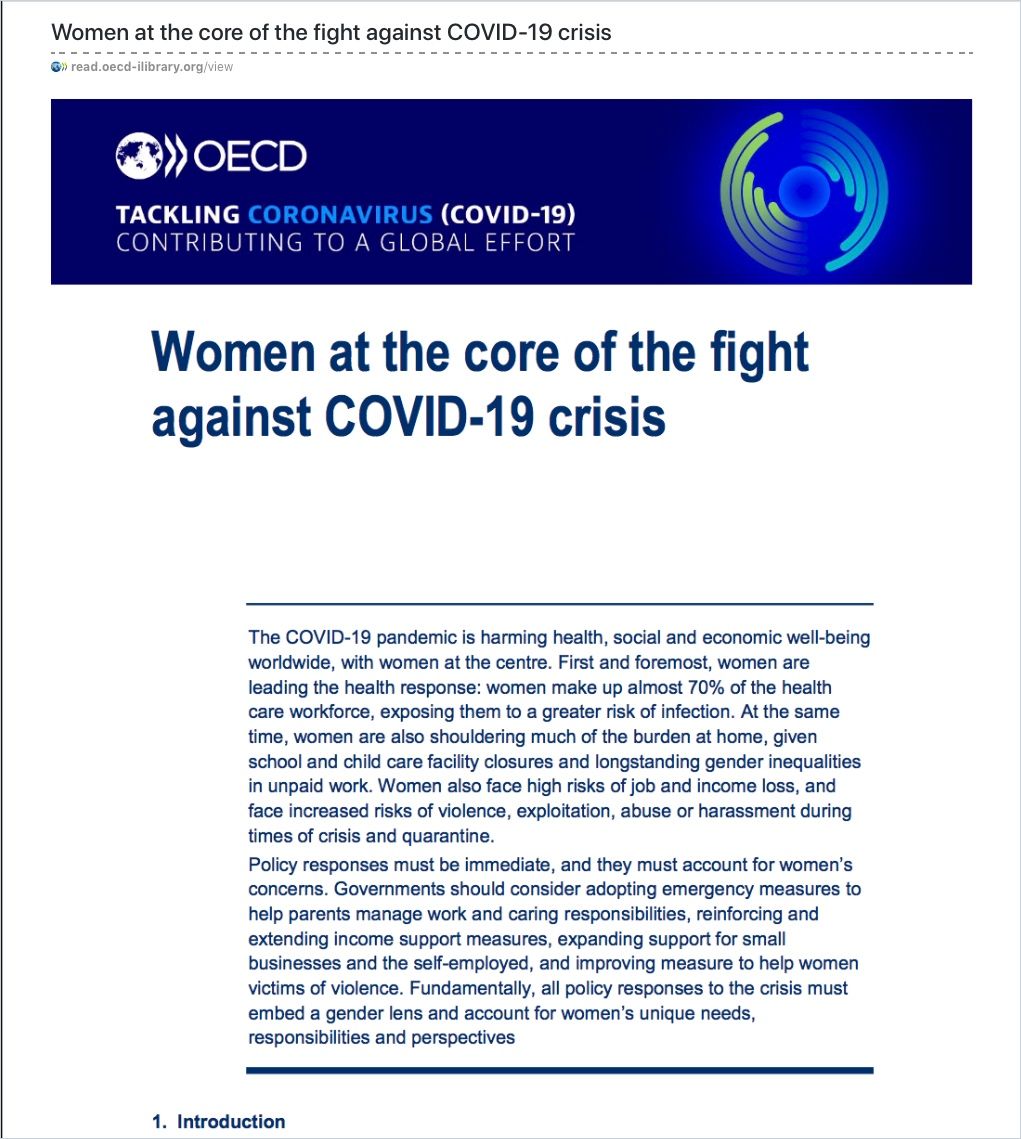
Meanwhile, governments cut budgets for reproductive health care services to divert funds to fight the virus. Isolation indoors on top of financial stress leaves women more vulnerable to violence from abusive partners.
A lifetime of earning less than their male counterparts already puts women at a disadvantage in terms of accumulated savings and their financial security during retirement. When women pause their career for a year, as many are now doing, their long-term earnings take a 15% hit. The pandemic makes every aspect of financial survival more difficult for women and threatens a reversal of decades of social progress.
Luckily, many businesses were able to move their employees to work from home. Yet a 2020 McKinsey/Lean In report shows 25% of working women in the United States are contemplating a career change or leave of absence to accommodate the challenges of the crisis. As hard a blow as this would be for women, the impact on the future economy would be bigger. Women workers pump $185 billion into their local economies. Retraining new workers will cost businesses plenty. And companies with higher percentages of women at senior levels post higher revenues than less equitable competitors.
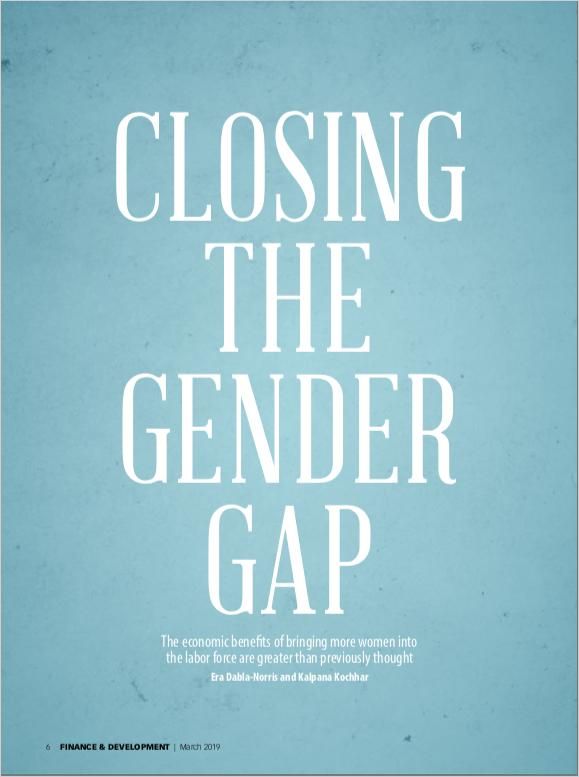
As Sheryl Sandberg writes: “Cracking the code of making ‘work from home’ work for employees will yield major rewards in the future.”
Working Mothers Are Underwater
While businesses attempt to reopen, many schools throughout Europe and the United States remain closed, leaving primarily women to pick up the shortfall.
Now, as the pandemic drags on, women working from home are stuck in the limbo of being employees or business owners, mothers, educators and housekeepers, all at the same time.
In the United States, 60% of child care providers shut down by April due to coronavirus restrictions; experts predict between one-third and one-half will not reopen. High-quality child care was already expensive before the pandemic. Many European countries subsidize child care, but the United States does not. It has also been reluctant to provide further funds for safe school reopening.
Working mothers are hard-hit, especially mothers of color. They are likelier to be sole breadwinners and likelier to be responsible for all the housekeeping and child care needs of their family. Their husbands are likelier to work outside the home in essential worker jobs. Before the pandemic, working mothers faced approximately 20 more hours of housework and child care per week than men, on the “second shift,” the unpaid labor that follows their day job. With more people at home, those chores have only increased. While facing these struggles, women worry employers will judge them harshly on the job due to a widespread bias that women can’t be both a responsible caregiver and a responsible employee.
Mothers in senior-level positions face the same pressures as men at their level, but with additional pressure to prove their competence due to sexist biases. Helping guide their companies through the pandemic has been more than usually demanding, with women executives reporting increased pressures to work harder. Combined with caregiving responsibilities, it’s a formula for burnout.

If women in senior positions take leave or look for less demanding work in order to juggle competing demands, it’s business that loses.
In addition to helping businesses become more profitable, these executives are likely champions for other women employees throughout the company and help to keep the pipeline moving.
Black women, already navigating workplace biases that slow promotions and create isolation, often feel excluded from work life, something working remotely might heighten. In addition, Black women are more than twice as likely to have lost a loved one to COVID-19 than white co-workers. Women of color have had to deal with racial violence in silence at workplaces that often don’t acknowledge the reality of racism. Workplace allies can do much to foster an inclusive work culture and deal with racial inequalities.

What Can Companies Do?
Different women have unique circumstances that intersect with the pandemic emergency in unique ways. But it’s clear women are bearing the brunt of the crisis. Women need public policy solutions to address systemic inequities that would benefit all families – “It’s the child care, stupid” – but there are myriad ways companies can better support women workers during the pandemic.
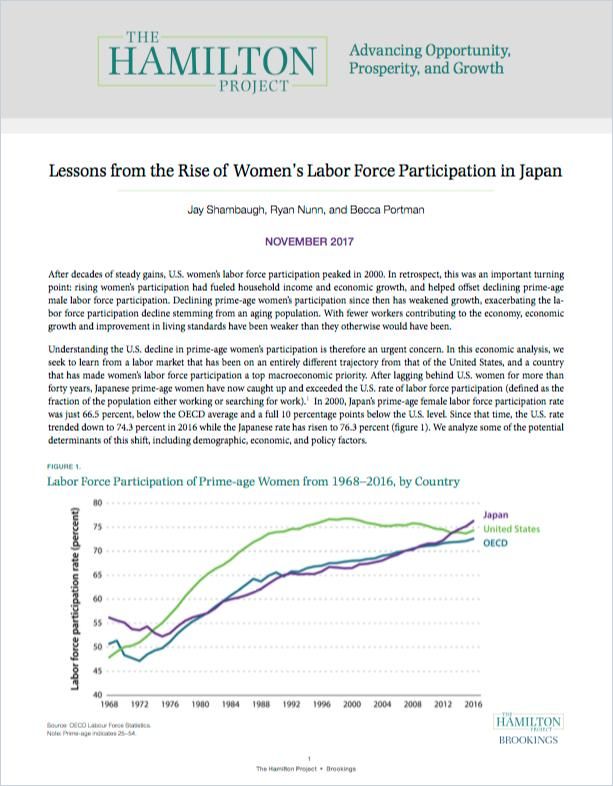
Lessons from the Rise of Women’s Labor Force Participation in Japan
Brookings InstitutionCompanies can offer their remote workers technical support, access to psychological help to contend with additional stress, and understanding about the ongoing challenges families face. As a practical matter, companies may need to rethink their pre-pandemic project timelines to blunt burnout in their remote workforce. While companies facing an uncertain future themselves can’t guarantee job retention, which would alleviate many worker anxieties, they can beef up paid-leave policies, work-from-home stipends and job skills retraining programs.
- Build trust by communicating your updated COVID response to all employees, so they aren’t left in the dark.
- Educate managers about unconscious biases so they are aware of them, and make sure employees know racism and sexism is not tolerated.
- Track promotions and bonuses by gender to give you an objective record of your efforts.
- Pay particular attention to including the remote workers on your team in company culture.
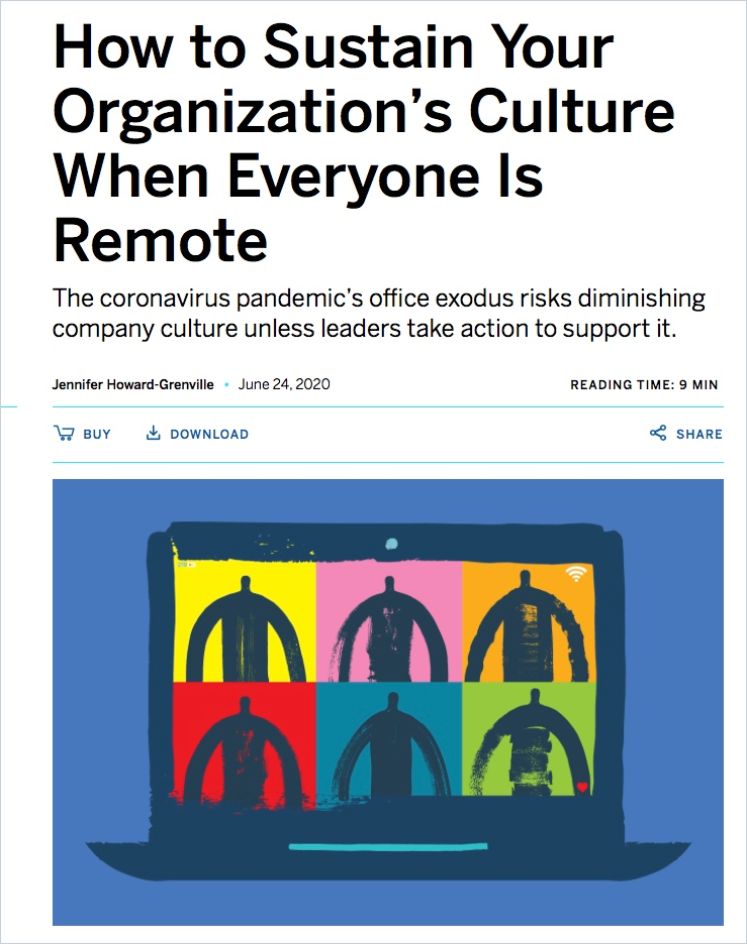
How to Sustain Your Organization’s Culture When Everyone Is Remote
MIT Sloan Management Review Read SummaryCompanies can set a sustainable pace of business. Remind employees when you send them tasks that you’re not expecting the work right away; little messages like that help relieve the sense of pressure workers feel to be constantly “on.” Many companies are giving employees extra time off, for instance, a few Fridays off during a quarter, to encourage them to recharge.
Set compassionate parameters about work communications and availability to encourage maintaining a separation between home and work life, especially when it’s all happening in the same place, and encourage employees to take full advantage of flexible work options. Model a sane work/life balance yourself. Remember, downtime contributes to higher levels of resilience and creativity, so it’s really a win-win.
Smart Businesses See Opportunity
The prognosis for the immediate future looks bleak. In a survey of 330 businesses, The Conference Board found that one out of 10 US businesses is planning layoffs before the end of 2020. The good news is, in the wake of the pandemic, US businesses are hiring remotely at three times the rate as before the pandemic. According to jobs platform Adzuna, remote worker job recruitment increased by 270% since 2017 and the pandemic has just accelerated this growing trend. With so many talented women at home, now might be an opportune moment to hire for remote positions. Remote recruiting events and virtual interviews are now the norm due to pandemic, but both employers and prospective employees are embracing it. Diverse teams lead to higher revenues, so review your hiring practices with this in mind.
One day the pandemic will be over, and the businesses and economies that figured out how to lend crucial support to women workers will have the advantage.
Free Resources:

